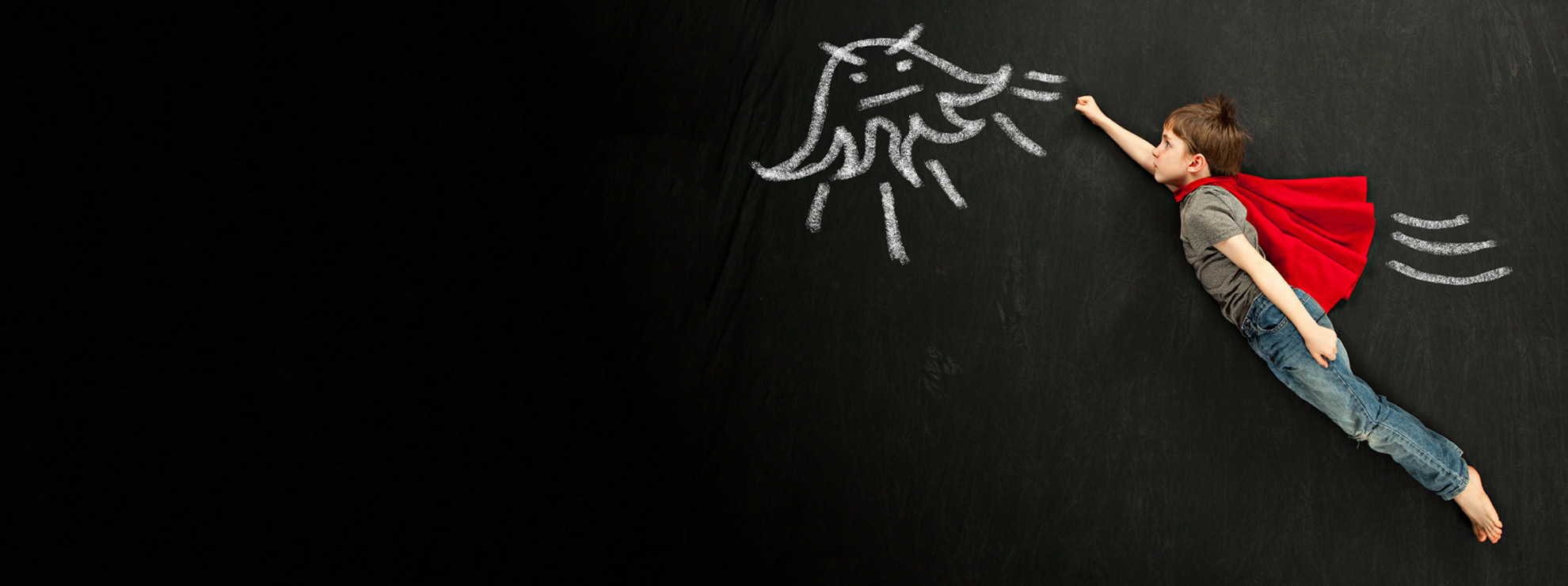Smash Childhood Cancer
The project’s primary goal is to identify drug candidates to control or cure certain types of childhood cancers. To meet this goal, the Smash Childhood Cancer research team is using World Community Grid to determine which of millions of chemical compounds may bind to certain target proteins or molecules involved with childhood cancers. These compounds would then be candidates for further testing and drug development, hopefully leading to treatments against these cancers.
To help achieve these goals, the research team plans to make the data from this project available to other scientists.
The initial childhood cancers being addressed are: neuroblastoma (nerve cancer), brain tumors, Wilms' tumor (kidney tumor), germ cell tumors, hepatoblastoma (liver cancer), and osteosarcoma (bone cancer).
The project is focusing on these particular childhood cancers because the researchers have discovered target molecules related to these diseases. The molecular structures of these targets have already been determined through previous research, and scientists believe these targets can be used to control the cancer. The research team aims to find drug candidates which can disable or enhance the activity of these target molecules, in order to control or cure the cancer.
Some of these target molecules are also involved with a number of adult cancers (colorectal cancer, lung cancer, gastric cancer, pancreatic cancer, renal cancer, liver cancer, nasopharyngeal cancer, prostate cancer and others) and may therefore help with treatments for those diseases, too.
Worldwide, approximately 300,000 children are diagnosed with cancer every year, according to World Child Cancer. In the United States, the American Childhood Cancer Organization reports that more children are killed by cancer than any other disease, with over 15,000 children being diagnosed each year. Learn more
A combination of surgery, chemotherapy, radiation therapy (including proton beam cancer therapy), and immunotherapy is applied to treat the patients with pediatric solid tumors. The survival rates of neuroblastoma, hepatoblastoma, brain tumors, and osteosarcoma depend on the tumor stages; the prognosis for those in advanced stages are usually very poor. Among those cancers, the survival rates for children with high-risk neuroblastoma or brain tumors are particularly low.
In general, the cure rates of pediatric cancers have largely improved; overall, the five-year survival rate has increased to approximately 80% for the last 50 years, due to progress in comprehensive therapies. However, the five-year survival rates for children with advanced stage tumors, metastatic cancer, and those with high-risk neuroblastoma and brain tumors are still very poor.
In the past 20 years, only a small number of new drugs designed to treat childhood cancer have been approved by the U.S. Food and Drug Administration. Half of all the chemotherapy treatments used for children with cancer have been in existence for 25 years or longer. (Learn more about these statistics at https://curechildhoodcancer.org/facts/.)
Therefore, discovering new drugs to eventually substitute for radiation would be a very important advancement in the field of pediatric oncology.
Help Fight Childhood Cancer, which ran on World Community Grid from 2009 to 2013, found several potential new drugs candidates for neuroblastoma, a childhood cancer with poor prognosis when not diagnosed in the earliest stages. Further testing of these drug candidates continues.
The Smash Childhood Cancer project expands the scope to address not only neuroblastoma, but also additional pediatric solid tumors with poor outcomes.
The drug discovery targeting the TrkB protein, which was a neuroblastoma target during Help Fight Childhood Cancer, will be continued in this study. The research team will also study additional proteins which may be important in the development of cancer cells.
Here is a video of the Smash Childhood Cancer screen saver:
The right portion of the screen saver shows both the target protein and drug candidate molecules, depicted as a collection of small spheres that represent the atoms of each molecule. These are the specific molecules that your device is currently working on.
The progress bar, towards the bottom of the screen saver, represents approximately how much of the current task your device has processed. When it reaches 100%, the computation is complete and the results will then be sent back to World Community Grid, where they will be packaged and delivered to the Smash Childhood Cancer researchers.
The small spheres represent the atoms in both the target protein molecule and candidate molecule currently being processed by your device.
This the logo for the Saga Medical Center Koseikan, in Saga, Japan. The medical center was established 182 years ago, and is the oldest hospital in Japan. The logo was created to commemorate an International Red Cross activity that took place at the hospital 140 years ago.
